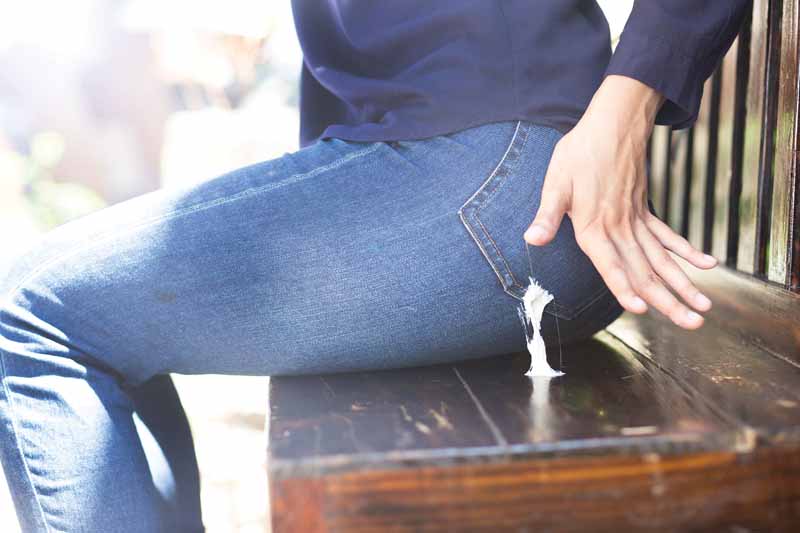I recently processed a wash-dry-fold load, and unfortunately I didn’t check the pockets like I normally do. As luck would have it, there was gum in one of the pockets, and it got all over a pair of dark blue pants. I tried rewashing the pants, but the gum won’t come out. Is there anything I can do, or do I owe the customer a new pair of pants?
Yes, there is something you can do, and it’s actually a fairly easy fix. Simply place the pants into a freezer overnight. The next day the gum should be frozen solid and can be easily broken up with your fingers. At this point, pull the gum off of the garment, brush away any powdery gum residue that may remain, and then rewash the pants in a normal wash cycle.
I own a 2,400-square-foot laundromat that’s fully attended. We have beverage, snack and detergent vending, as well as offering a drop-off laundry service. Unfortunately, our net profit has been decreasing. What would you suggest I do to turn things around and increase the business’ profit picture?
My suggestion would be to increase the capacity of your laundry equipment. With new larger washers and dryers, you can raise your store’s vend prices. In addition, with today’s new energy-saving equipment, you’ll very likely decrease your energy and water usage, and thus see lower utility bills each month. Moreover, larger, high-speed machines will smooth out customer traffic through your laundromat, especially on busy weekends – and enable you to ultimately get more customers in and out of your store. I’ve seen many laundry owners retool and increase equipment capacity with great success.
One of my customers recently complained that the comforters she dried in my dryers came out with rust stains or burn marks. What can I do?
First of all, you have to distinguish between a burn mark, a rust stain and something completely unrelated. Typically, if the comforter stains are spotty, they’re either from feathers releasing oils or other impurities in the fill. Sometimes it can be something that was picked up on a folding table. Basically, a spotted stain doesn’t fit the rust or the burn category.
Typically, a burn mark will be isolated to a certain part of the item. It’s usually located on one side or the other, and it’s generally caused by a dryer that is overloaded and linted-up. In such cases, the dryer heat, rather than maxing out at 180 or 185 degrees, supersedes that level. The metal gets very hot and burns the item.
However, if the mark is a light film over the entire comforter, it’s probably rust coming off the front of the dryer. The galvanized plating on most dryer drums has a finite life expectancy of somewhere between 12 to 20 years. Of course, that life span is based on the amount of volume your store has. The more tumbles, the more abrasion and, in turn, the less galvanizing you have.
I suggest you check the dryer to see if the galvanizing is off. If so, at that point, you have one of two choices. You can remove the drum and have it re-plated, or you can buy a new drum. If you are considering purchasing new drums, I would think about stainless steel drums, which never have that problem.
In the meantime, there are some tricks to help you avoid further rust stains. For instance, you can throw towels in every morning and go through a cycle or two to get the rust off. By the way, this type of problem is more prevalent during warm, humid days, especially in coastal areas where the air is salty.
As for your customer’s comforters, if the stains are indeed rust, you can use an iron-removing sour, which you can get from any distributor, to help clear up those marks.












